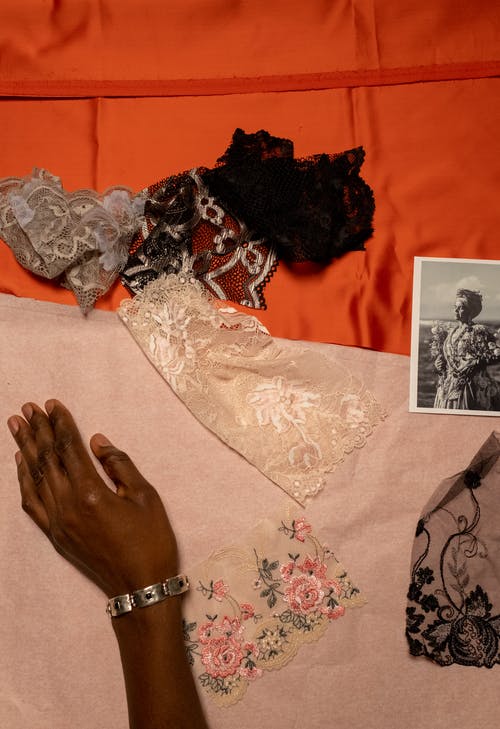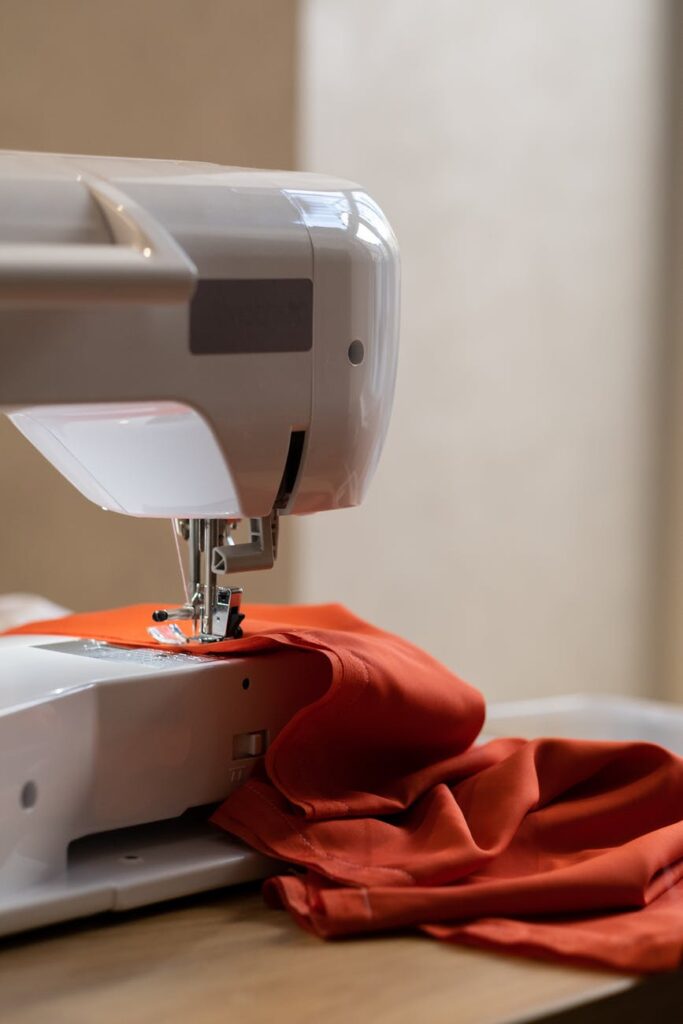What you wear may make or break how you want to present yourself to others and how you want to feel and act. First-time buyers may find this a challenging task. It may be tough to choose the ideal material or fabric for clothes because there are so many options on the market. Everything from the fabric’s colour to its durability to its ease of usage is influenced by its composition.
Variety in Fibre
There are three key fibre categories and terms like fabric stretch factor that one has to know before beginning to work with fibres. Plant-based, animal-based, and man-made are the three main types of ingredients. The quality of the completed cloth depends on the type of fibre you use.
Cotton, linen, jute, and other plant-based fibres are some of the most common materials for clothing. It’s common to work with thick, easy-to-wash, and easy-to-press fabrics. Moreover, they’re both absorbent and slow to dry.

Wool, silk, cashmere, and other animal-based fibres are some of the most popular materials for clothing. They are frequently relatively light in weight when compared to plant-based fibres. They are absorbent, elastic, and may be dyed in a wide range of colours and create different types of dresses and blouses with patterns such as cap sleeve, frill sleeve and bell sleeve pattern. You never know how tough it will be to wash them.
Plant cellulose or other synthetic fibres derived from petroleum are occasionally used in the manufacture of fibres and clothing. Polyester, nylon, spandex, and acrylic are all common man-made fabrics, as are rayon, Tencel, and polyester. They’re incredibly breathable or insulating, and they’re long-lasting. They’re generally easy to maintain.
The fabric’s skeletal design
To generate woven fabrics, multiple strands are interlaced in a loom at right angles to one another It is possible to weave a variety of materials, and each approach has an influence on the final product. In addition to this, there are a variety of weaves that may be used. Dresses, blouses, slacks, and shirts are all good candidates for them. Warp and weft threads run horizontal and vertical at a 90-degree angle, which creates beautiful patterns when they are weaved. A variety of shapes and sizes may be achieved with ease.
When it comes to knitting, the strands used in the fabric are interlocking, however when it comes to weaving, the yarn is interlaced. The initial loops are drawn, and then another row of loops is drawn through the first row of loops. They’re nothing more than a series of intertwined yarn loops. Their versatility makes them a great choice for everything from T-shirts to skirts to casual wear. They’re wonderful for socks, hats, and other tiny objects since they’re quite flexible.

All textiles that aren’t woven or knitted fall under this category. Nonwoven materials are bonded together using chemicals, steam, heat, or pressure. Items of your regular attire can be utilised as well as individual pieces of clothes. Shirt collars, cuffs, and other parts of shirts that require a certain amount of shape and rigidity are all made from non-woven fabrics. For producing trendy clothing, rainwear, and other creative projects, they’re great.
